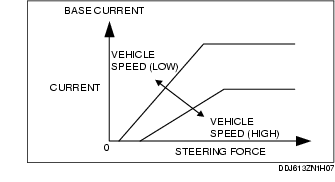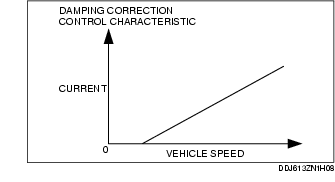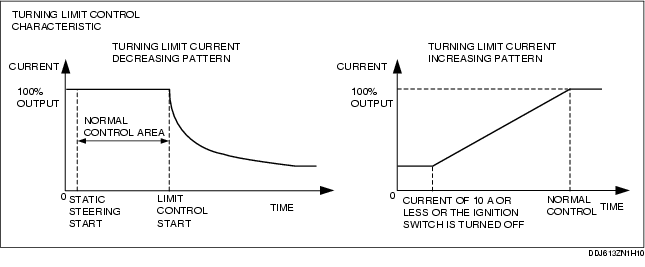|
On-board diagnostic function
|
• Important parts of the system control have an on-board diagnostic function. In case a malfunction occurs, the EPS warning light illuminates to inform the driver and, at the same time, a DTC is stored in the EPS CM.
• When a malfunction is determined as a result of the on-board diagnosis, system control is suspended or limited to prevent any dangerous occurrence while driving.
|




